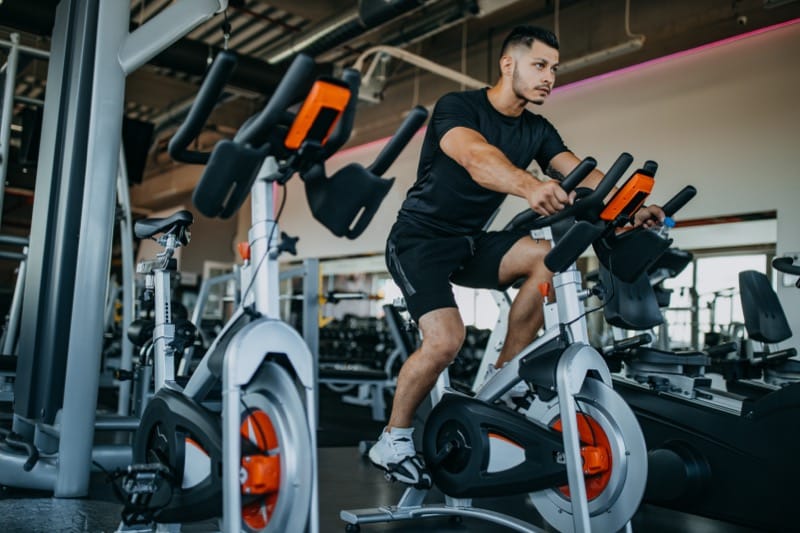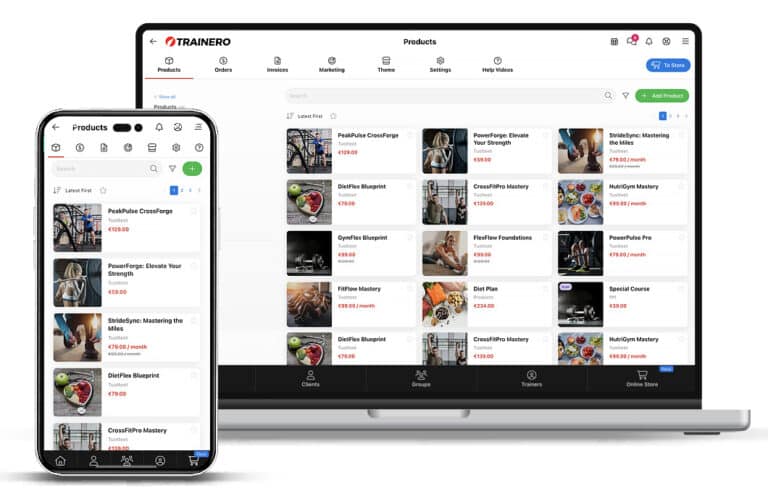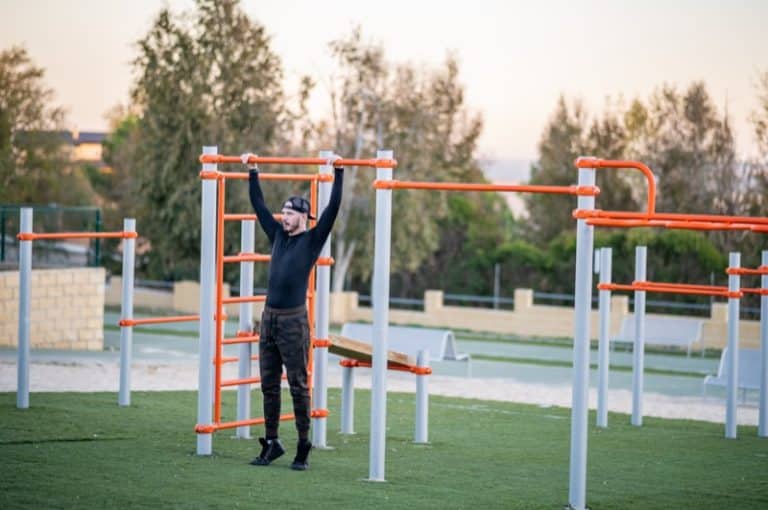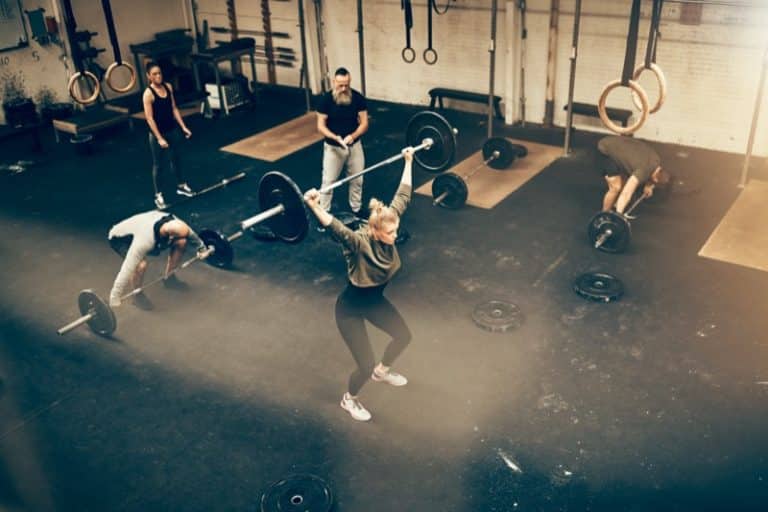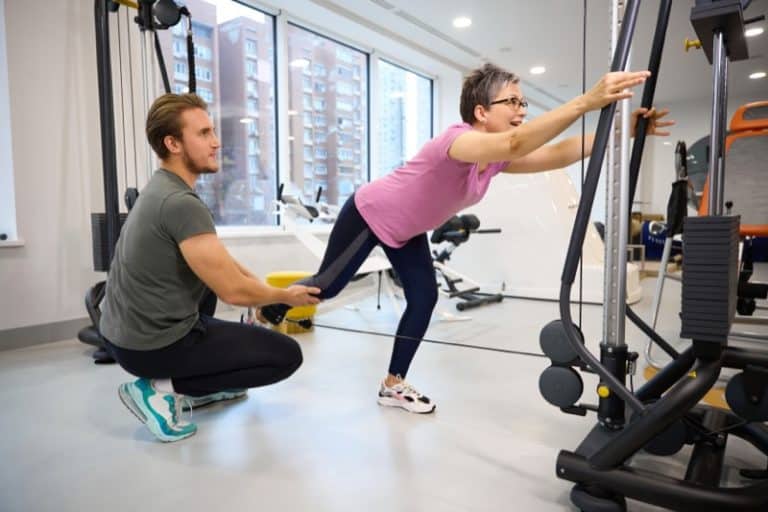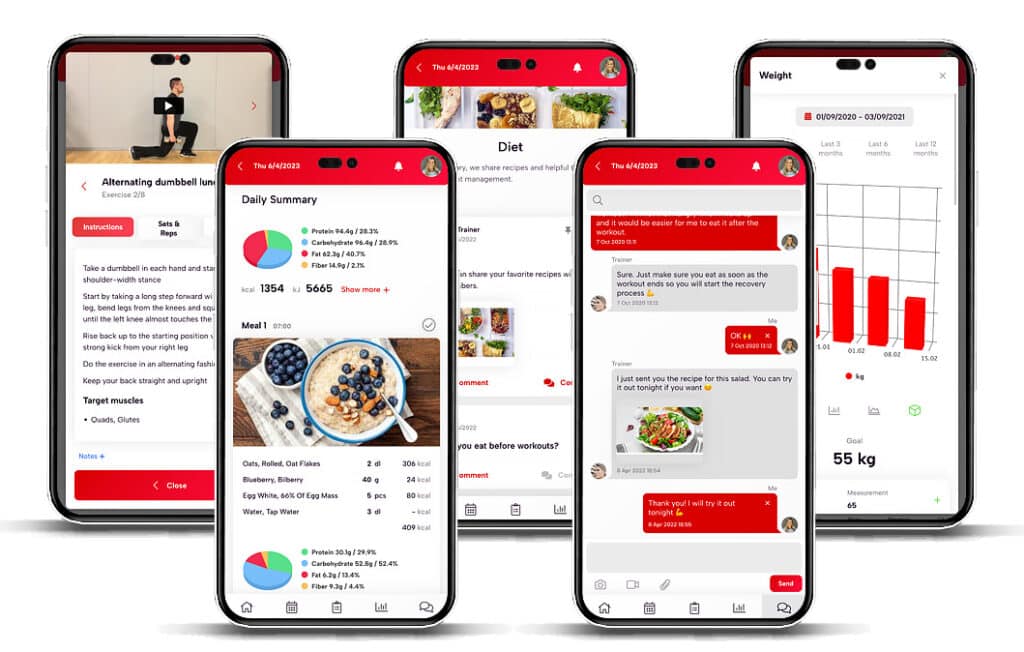When designing effective fitness programs for clients, understanding the fundamental principles of exercise prescription is crucial. Whether you’re working with athletes, general fitness enthusiasts, or rehabilitation clients, the FITT-VP framework provides a systematic approach to creating programs that deliver results.
What is FITT-VP?
The FITT-VP principle, derived from ACSM (American College of Sports Medicine) guidelines, breaks down exercise programming into six key components:
- Frequency – How often training occurs
- Intensity – How challenging the exercise is
- Time – Duration of training sessions
- Type – Mode of exercise (resistance training, cardio, plyometrics, etc.)
- Volume – Total amount of work performed
- Progression – How training evolves over time
Let’s explore each component in detail.

Unlock your fitness potential with Trainero! Get a 14-day free trial and access personalized workout plans, expert coaching, and progress tracking—all in one app. No commitments, just results. Start your free trial today and take your fitness journey to the next level!
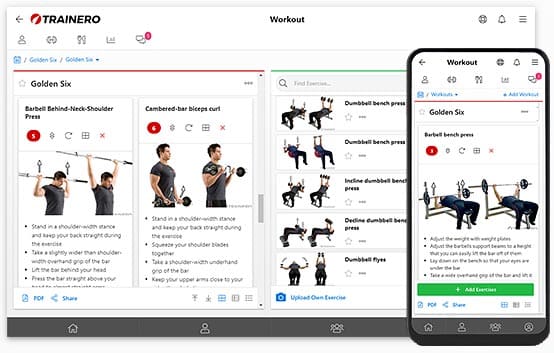
Understanding Training Intensity
Intensity determines how hard your client works during exercise and significantly impacts training adaptations.
For Resistance Training
The most reliable method for gauging intensity is using percentage of one-repetition maximum (%1RM). The National Strength and Conditioning Association (NSCA) provides these general training zones:
- Below 67% 1RM: Primarily develops muscular endurance
- 67-85% 1RM: Optimal for hypertrophy (muscle growth)
- Above 85% 1RM: Maximizes strength gains
While these are generalizations, they provide valuable guidance for periodization—structuring training phases from endurance to hypertrophy to strength development.
Using RPE (Rate of Perceived Exertion)
RPE offers an excellent auto-regulation tool for programming. For example, you might prescribe bench press as:
- Set 1: RPE 6/10
- Set 2: RPE 7/10
- Set 3: RPE 8/10
- Set 4: RPE 9/10
This approach helps clients intuitively understand their training intensity and adjust loads based on daily readiness.
For Cardiovascular Training
Heart rate zones provide the most accurate intensity measurement for endurance work, allowing precise prescription of aerobic and anaerobic training stimuli.
Calculating Total Volume
Total volume quantifies the overall workload in a training session. This metric is essential for tracking stress, managing progression, and preventing overtraining.
Resistance Training Volume
The standard formula: Sets × Reps × Weight = Total Volume
For example, performing 4 sets of 8 reps at 100kg equals 3,200kg of total volume.
Endurance Training Volume
For cardiovascular work, volume can be measured through:
- Time: Duration of the activity
- Distance: Total meters/kilometers covered
- Cadence: Steps per minute or stroke rate
Aerobic Program Design Variables
When programming cardiovascular training, consider these key factors:
- Time/Duration: Session length (10 minutes to multiple hours)
- Speed/Pace: Running velocity, cycling watts, or swimming pace
- Cadence: Movement frequency (steps per minute, strokes per minute)
- Distance: Total ground covered or intervals completed
These variables should align with your client’s specific goals—whether that’s improving 5K time, building aerobic capacity, or developing anaerobic power.
The Critical Role of Rest Intervals
Rest periods are perhaps the most overlooked programming variable, yet they dramatically influence training outcomes.
Energy System Considerations
Recovery time directly affects ATP regeneration between sets. Longer rest allows complete recovery and maximal performance on subsequent sets, while shorter rest creates metabolic stress and improves conditioning.
For Maximum Performance: Use longer rest intervals when quality matters most—like vertical jump training or maximal strength work. Insufficient rest compromises performance and defeats the training purpose.
For Conditioning: Shorter rest intervals increase bioenergetic demands, improving work capacity and metabolic conditioning.
Optimal Work-to-Rest Ratios by Energy System
Different energy systems require specific recovery periods:
| Energy System | Duration | Work:Rest Ratio | Example |
|---|---|---|---|
| Phosphagen | 0-10 seconds | 1:12 | 10-second sprint = 2 minutes rest |
| Fast Glycolytic | 10-30 seconds | 1:5 | 20-second interval = 100 seconds rest |
| Glycolytic | 30-120 seconds | 1:3 | 60-second effort = 3 minutes rest |
| Oxidative | 120+ seconds | 1:1 to 1:3 | Steady-state cardio with minimal rest |
Important Note: These ratios optimize performance and power output. Protocols like Tabata (20 seconds on, 10 seconds off) deliberately violate these ratios to stress the bioenergetic system, improving metabolic capacity rather than peak power.
Progression: The Long-Term View
Progression planning connects where your client is today to where they want to be months or years from now. Consider:
- Microcycle progression: Week-to-week changes
- Mesocycle progression: Monthly training blocks
- Macrocycle progression: Long-term annual planning
Effective progression requires clear understanding of your client’s goals and a systematic plan to bridge the gap between current capabilities and desired outcomes.
Putting It All Together
Successful program design integrates all FITT-VP components through comprehensive needs analysis. Ask yourself:
- What are the client’s specific demands (sport, lifestyle, goals)?
- What energy systems need development?
- Where are they currently versus where they need to be?
- What’s their work-to-rest ratio in their sport or activity?
By methodically applying these principles and tracking key variables like intensity, volume, and rest intervals, you’ll create programs that consistently deliver results while preventing overtraining and optimizing your clients’ time investment.

Unlock your fitness potential with Trainero! Get a 14-day free trial and access personalized workout plans, expert coaching, and progress tracking—all in one app. No commitments, just results. Start your free trial today and take your fitness journey to the next level!


